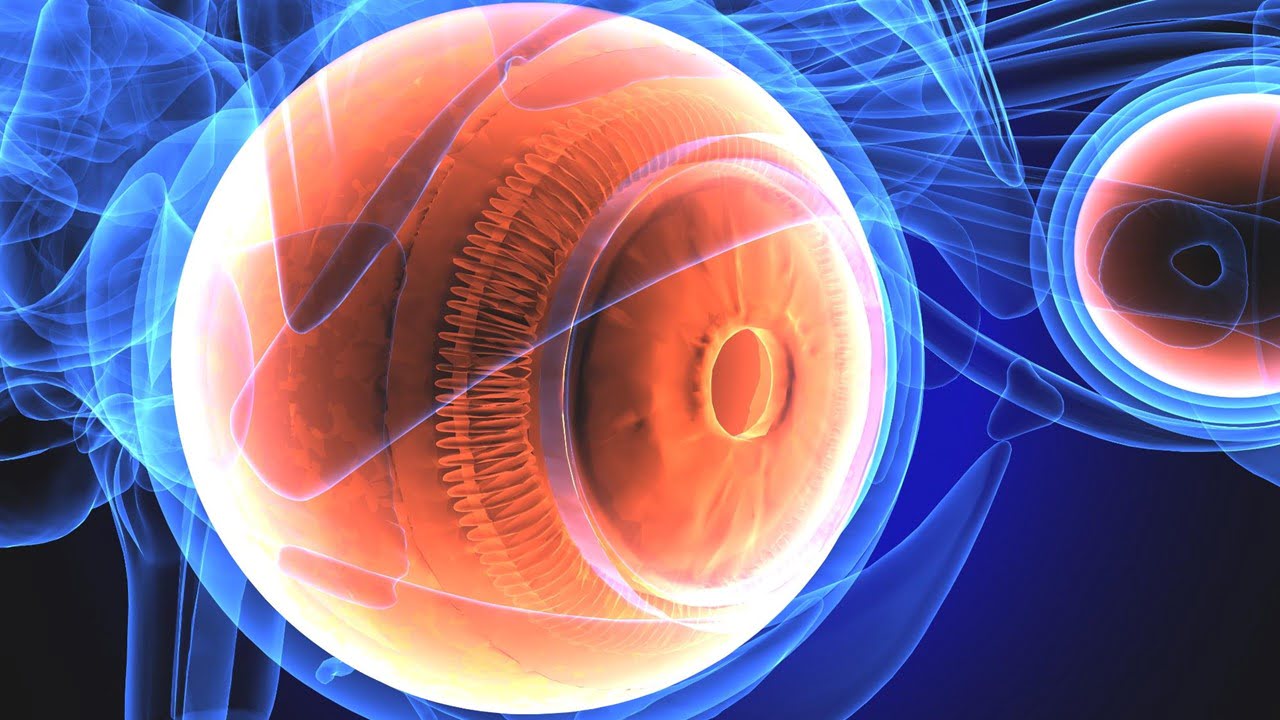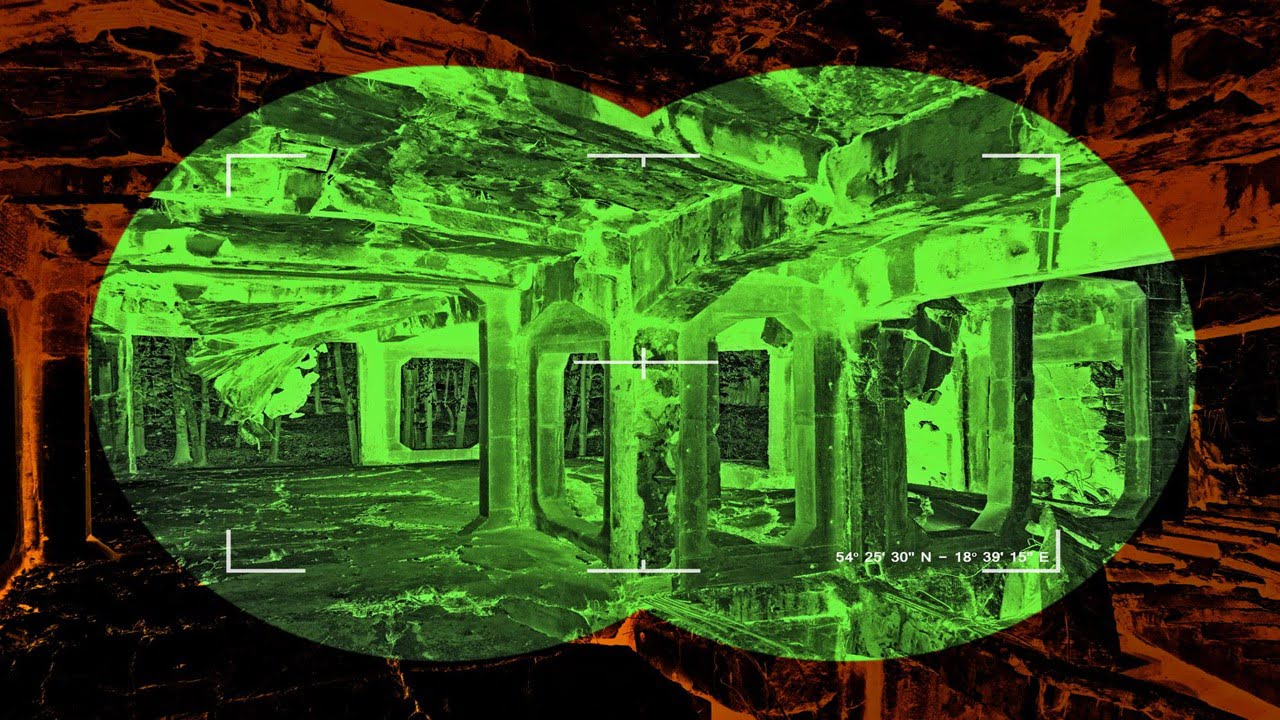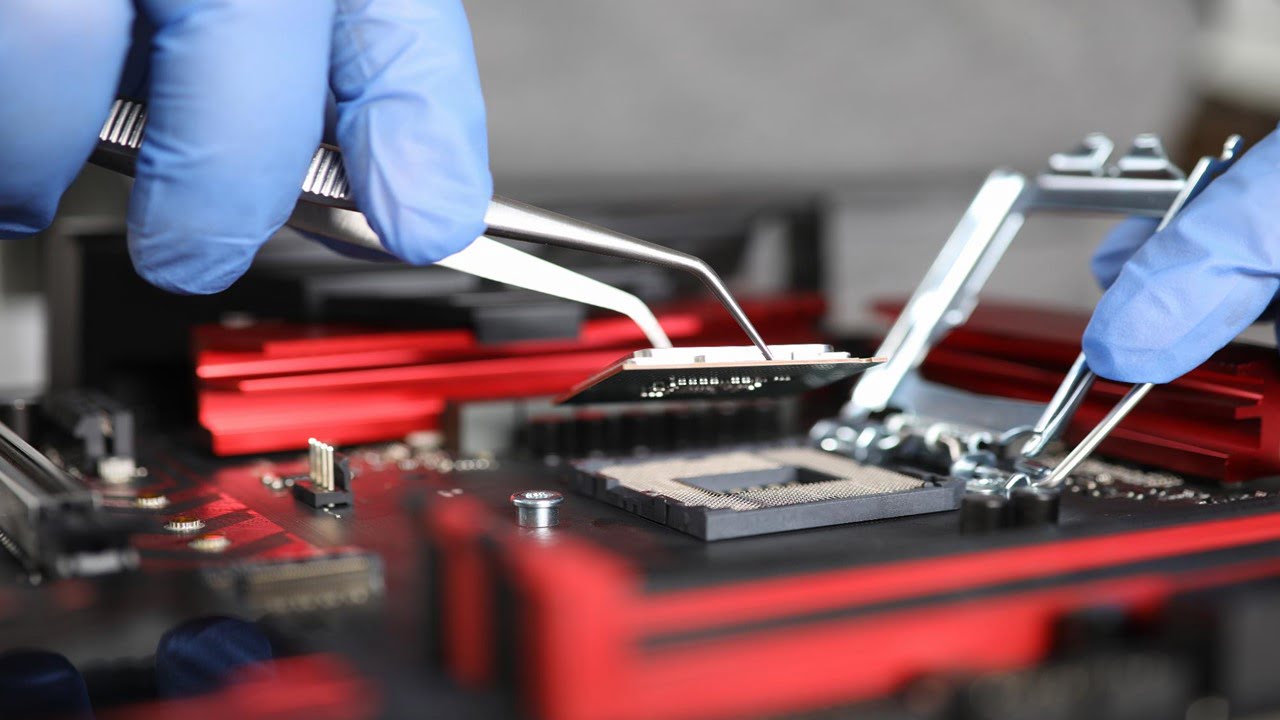
Spin photonics, an innovative field that merges concepts from spintronics and traditional photonics, is poised to revolutionize optical technology by enabling the precise manipulation of photon spin states. While significant strides have been made, particularly with spin-decoupled metasurfaces for intricate optical field manipulation, a persistent challenge has been achieving broadband spin decoupling and higher integration [..]
Read MoreThe ever-evolving landscape of consumer electronics and advanced computing is increasingly reliant on optoelectronic innovations. Recent breakthroughs are pushing the boundaries of display technology, aiming for faster response times and higher resolutions, while also tackling the critical challenge of synchronization between optical and electronic components within complex computing networks. This convergence of optics and electronics [..]
Read More
The burgeoning field of intelligent machine vision, fueled by the Internet of Things (IoTs) and artificial intelligence (AI), demands efficient acquisition of complex, multidimensional visual information encompassing spatial, temporal, and spectral data. Conventional full-frame sensors struggle to handle this deluge of data, facing limitations in bandwidth, storage, and processing power. To address these challenges, researchers [..]
Read More
Photonic computing, a paradigm that harnesses light instead of electrons for information processing and computation, is taking significant strides towards becoming a reality. Two recently developed computer chips, leveraging the unique properties of photons, have successfully tackled complex computing tasks that were once considered beyond the reach of purely photonic systems. These advancements demonstrate the [..]
Read More
Researchers have achieved a significant advancement in secure free space optics (FSO) communication with the development of a novel chaotic light receiver. This innovative system integrates an array of optical antennas directly onto a programmable optical processor (POP) photonic chip, enabling real-time adaptation and maintaining signal integrity even under challenging atmospheric conditions. This work paves [..]
Read More
The flow of microscopic particles through the intricate networks of microfluidic devices is often plagued by clogging at critical bifurcation points, such as Y-junctions. This accumulation can lead to flow reduction, operational instability, and even catastrophic device failure. However, a groundbreaking study has demonstrated that the complete flow behavior of colloidal particles through a microfluidic [..]
Read More
Researchers have achieved a significant breakthrough in integrated photonics with the demonstration of a high-performance optical isolator based on a hybrid 2D material/silicon platform. By integrating a thin film of the 2D multiferroic material CuCrP2S6 (CCPS) onto a silicon microring resonator, they have created a compact and efficient device capable of non-reciprocal light transmission in [..]
Read More
A new study presents a novel method for precisely measuring temperature changes in the retina during laser therapy using phase-sensitive optical coherence tomography (pOCT) in vivo. The researchers demonstrate that Phase-Sensitive OCT can accurately detect temperature rises with a precision of less than 1 °C, crucial for calibrating laser power for patient-specific, non-damaging treatments. Notably, [..]
Read More
A groundbreaking advancement in DNA sequencing technology, nanopore sequencing, is dramatically accelerating the analysis of brain tumor DNA. Researchers have demonstrated the ability to comprehensively profile brain tumor DNA using nanopore sequencing in an unprecedented 30 minutes. This rapid turnaround time represents a significant leap forward compared to traditional sequencing methods, which can take hours [..]
Read More
In-line machine vision systems are revolutionizing the field of metrology, offering a powerful approach to automate and enhance precision measurement in manufacturing processes. By integrating vision technology directly into production lines, these systems enable real-time quality control, leading to significant improvements in efficiency, accuracy, and overall product quality. This integration eliminates the need for manual [..]
Read More
The pursuit of optical computing, a paradigm shift from traditional electronic computation, has spurred researchers to explore novel materials capable of manipulating light at the nanoscale. A significant breakthrough has emerged with the creation of nanoparticles exhibiting a unique bistable switching behavior, transitioning between dark and bright states upon exposure to light. This property is [..]
Read More
A revolutionary approach to manipulating light has emerged, promising to significantly enhance the efficiency and performance of various electronic devices, particularly those involving display technologies. Researchers have successfully demonstrated a method to “twist” light into spiral patterns, mimicking structures found in nature, and have shown its direct application in improving the performance of OLED displays [..]
Read More
Researchers have unveiled a novel augmented reality (AR) glasses design that significantly reduces weight and bulk by employing a “beaming displays” approach. This innovative system shifts the image generation burden from the glasses to an external projector. Traditional AR glasses struggle with weight and power limitations due to onboard batteries and electronic components. This new design addresses [..]
Read More
Imagine a world where your light bulbs not only illuminate your home but also provide your internet connection. This is the promise of Li-Fi technology that uses light to transmit data. While Wi-Fi has become a ubiquitous part of our lives, Li-Fi offers a different approach to wireless communication. Li-Fi, short for Light Fidelity, utilizes [..]
Read More
The longstanding barrier of light microscopy, the diffraction limit, has been challenged again. While super-resolution techniques like STED and PALM/STORM rely on molecular “ON/OFF” switching and revolutionized imaging, a recent breakthrough demonstrates resolution enhancement without this requirement. Researchers have unveiled a method utilizing a scanning beam with a central zero-intensity line (node). By analyzing the [..]
Read More
Researchers have developed a groundbreaking droplet microfluidic component library that is set to democratize microfluidic device fabrication. This innovation offers a rapid, cost-effective alternative to traditional PDMS-based methods, enabling device creation for under $12 and a full design-build-test cycle within a day. The library features biocompatible, high-throughput components capable of complex multistep workflows, including droplet [..]
Read More
Modern optoelectronic devices, from smartphone cameras to astronomical instruments, face a growing challenge: extracting more information from photons demands significant energy, limiting performance. Researchers are tackling this issue by developing novel, energy-efficient, light-sensing smart sensors inspired by the human eye. Current optical sensors typically transmit all raw data to a computer for processing, a power-hungry [..]
Read More